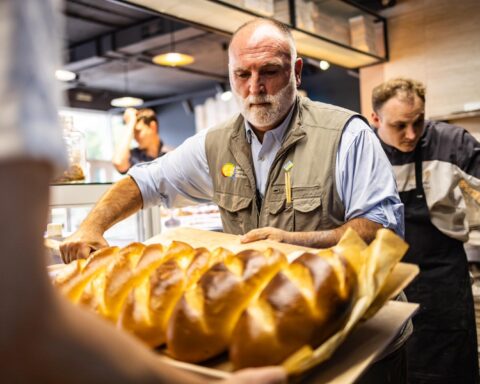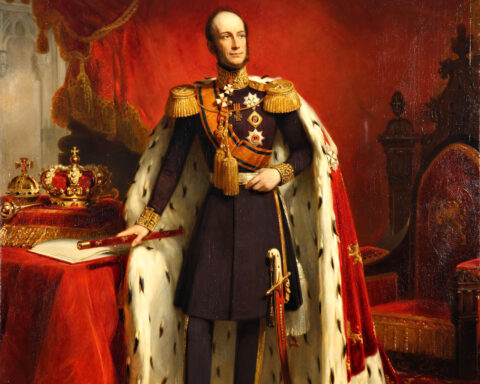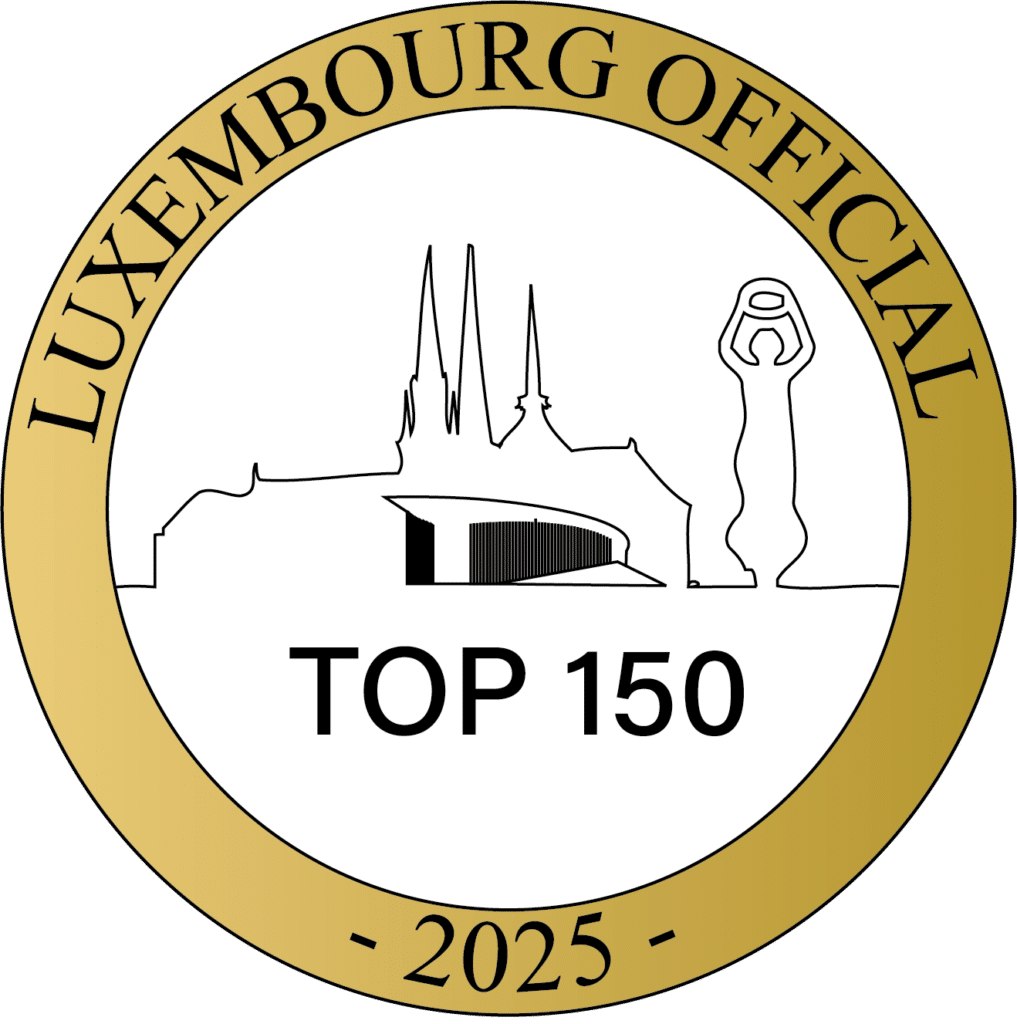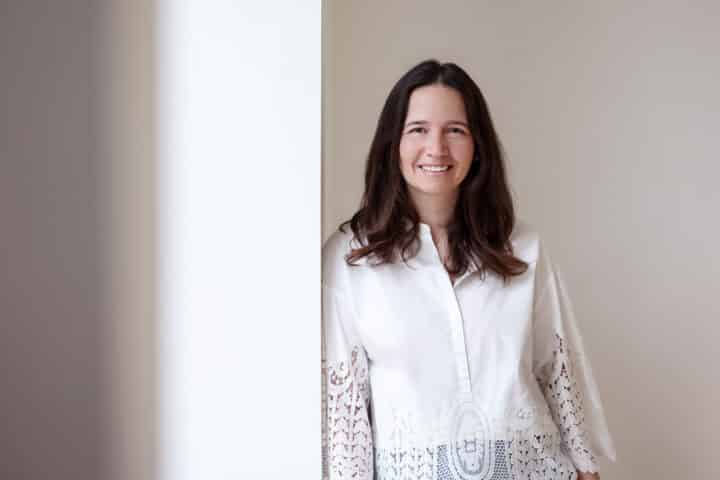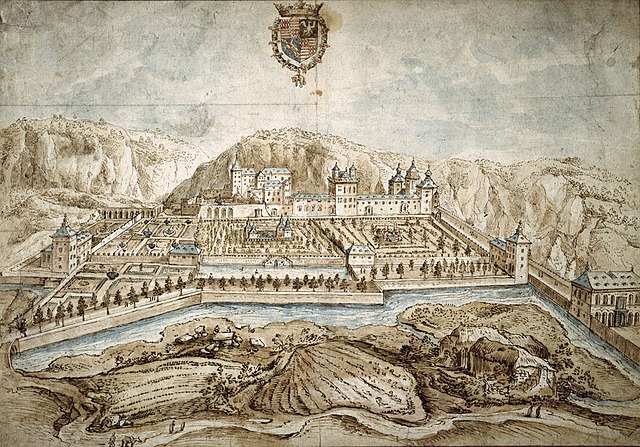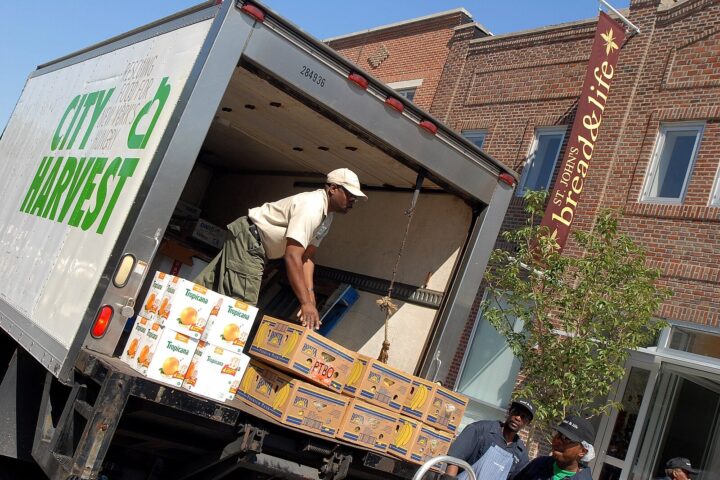Discovering the capital, a hidden gem
Germain Birgen, vice-president of the Luxembourg City Tourist Office, says the city is happy to attract discerning visitors rather than mass tourism, increasingly from far-off parts of the world, extols the fascination of the Grand-Ducal Palace, and explains why he wrote a novel about three young women returning to Luxembourg after years abroad.
How would you assess Luxembourg City’s current tourism offering?
Luxembourg City is a millennium-old city, founded in 963 by Count Siegfried, and today something of a hidden gem. We have never sought to attract large-scale tourism and risk ending up with the problems of cities such as Barcelona or Amsterdam. The capital is a historic town with a beautifully maintained centre, and compact, so you can explore nearly everything on foot. At the heart of the city is the Grand-Ducal Palace and the Chamber of Deputies, and just steps away the Fish Market and the Corniche, often called the most beautiful in Europe, but it remains largely unknown. Tourists are largely from neighbouring countries — Belgium, France and Germany, plus the Dutch, although they mostly spend camping holidays in the north. Since the pandemic, we have seen more long-distance visitors, from South America, Asia, the Middle East and even a few from Africa. We aim to attract a discerning audience interested in the city’s history, infrastructure, way of life, and above all, its multicultural fabric. And we have several new upscale hotels opening, including the Marriott Hotel Alfa near the station, the former post office, and a villa near the Pétrusse valley.
What is the most memorable experience available in Luxembourg City?
This year is the 45th season I will have been a guide at the Grand-Ducal Palace. Every year, tourists, residents and even Luxembourgers entering the palace for the first time, they are genuinely amazed by what they discover – not just the country’s history, but the story of the royal family and its role in Luxembourg’s identity and economy. Grand Duke Adolphe, the first sovereign of the Nassau-Weilburg line, transformed the palace, which was previously the city hall and became the official residence of the Grand Duke in 1890 – although the family actually live in the Château de Berg, which not open to the public. The palace is only open to the public for six weeks from mid-July to September 1 while the royal family is on vacation, with tours available in Luxembourgish, French, German, English, and even Irish.
“We aim to attract discerning visitors interested in the city’s history, infrastructure, way of life, and above all, its multicultural fabric.”
What was your intention in writing you book, Les Trois Clés?
I started it by chance – initially the story was written as a film script, but there was not much interest in turning it into a movie. It is a novel about three young women returning to Luxembourg after spending about 12 years abroad. Through a family mystery, they rediscover the country, explore towns and symbolic sites, uncover legends tied to those places, and reconnect with culinary traditions. It is a way for anyone curious about Luxembourg to enjoy a story while learning more about the country. There are little anecdotes throughout, and quite a few Luxembourgish expressions too. My next book, which is ready to be published, is also set in Luxembourg and is another family mystery, slightly deeper this time.









